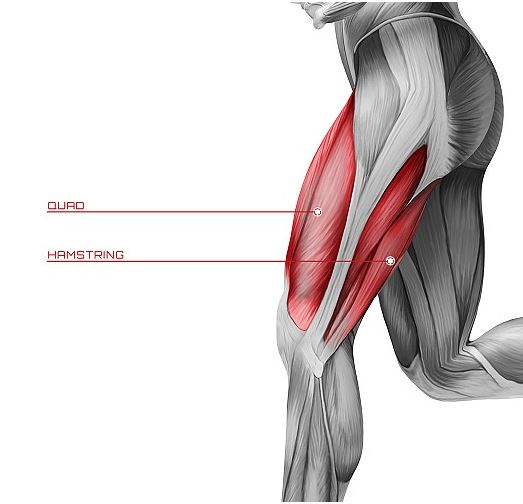How do I know if my hamstring is pulled or torn?
The hamstring is a very large group of muscles that takes on the regular rigors of moving the body throughout the day. When the hamstring muscles become overloaded, it can lead to tears and strains. Understanding the difference between these is crucial to ensuring that you get the best medical assistance from a sports doctor in Westchester to treat the injury.
A hamstring tear simply refers to an actual rip in the muscle fibers. This is a result of an overload of the muscle via too much weight or overstretching. This tear can rip through the entire muscle or through a partial section of it. Depending on the severity of the tear, the patient may need to undergo surgery to have it repaired.
The Hamstring Muscles
When you seek the assistance of sports medicine in Westchester they can help to explain to you why your hamstring was susceptible to tearing. First, it’s important to understand the hamstring muscles. The hamstring is composed of three large muscles that are responsible for retracting the leg during movement. These muscles are the:
- Biceps Femoris
- Semimembranosus
- Semitendinosus
All of these muscles can be located at the rear of your thigh. These muscles are commonly referred to as the single name of the hamstring. They’re highly activated when undergoing activities that require a lot of running and jumping. While athletes are much more susceptible to this type of injury, it can happen to anyone.
The Causes Of Hamstring Tears
Your Westchester sports injury doctor can take a detailed history and assess your injury to determine what the likely culprit of your tear was. There are many common culprits that people deal with that results in hamstring tears. We’re going to take a look at four of them.
Athletic Injuries
Our chiropractor in Westchester will tell you that athletes tend to make up a large portion of their clientele. This is because athletes regularly undergo extreme stretching and overload of their muscles. This puts them at a higher risk of injuring their hamstring.
Past Hamstring Injuries
It’s a common fact of sports medicine in Westchester that patients who have previously torn their hamstrings are much more likely to do so in the future.
Overtraining
When it comes to sports medicine for athletes in Westchester, many physical therapists know that athletes train harder than most. They always want to be faster, bigger, and better than their competition. This can fuel unhealthy overtraining that can lead to hamstring tears.
Poor Flexibility
Another common culprit of hamstring tears that our chiropractor in Westchester can reveal is poor flexibility. When patients have a limited range of motion in their hamstrings, they are more susceptible to overstretching these muscles.
Torn Hamstring Symptoms
Your sports doctor in Westchester will want to evaluate your current symptoms to determine whether or not you’ve torn your muscle. In most cases, the onset of sudden pain follows a popping sensation in the hamstring region. You’ll notice a lot of swelling in the first few hours and bruising may occur. Any Westchester sports injury doctor will reveal that sometimes patients can’t even put pressure on the leg as it’s too agonizing.
In cases where it hurts to put pressure on the leg but there is no popping sensation, the injury may just be a pulled muscle. This usually has mild pain and starts to heal within a few days. If you’re not sure whether or not you’ve torn or pulled your hamstring, it’s best to seek the assistance of sports medicine for athletes in Westchester to find out.
